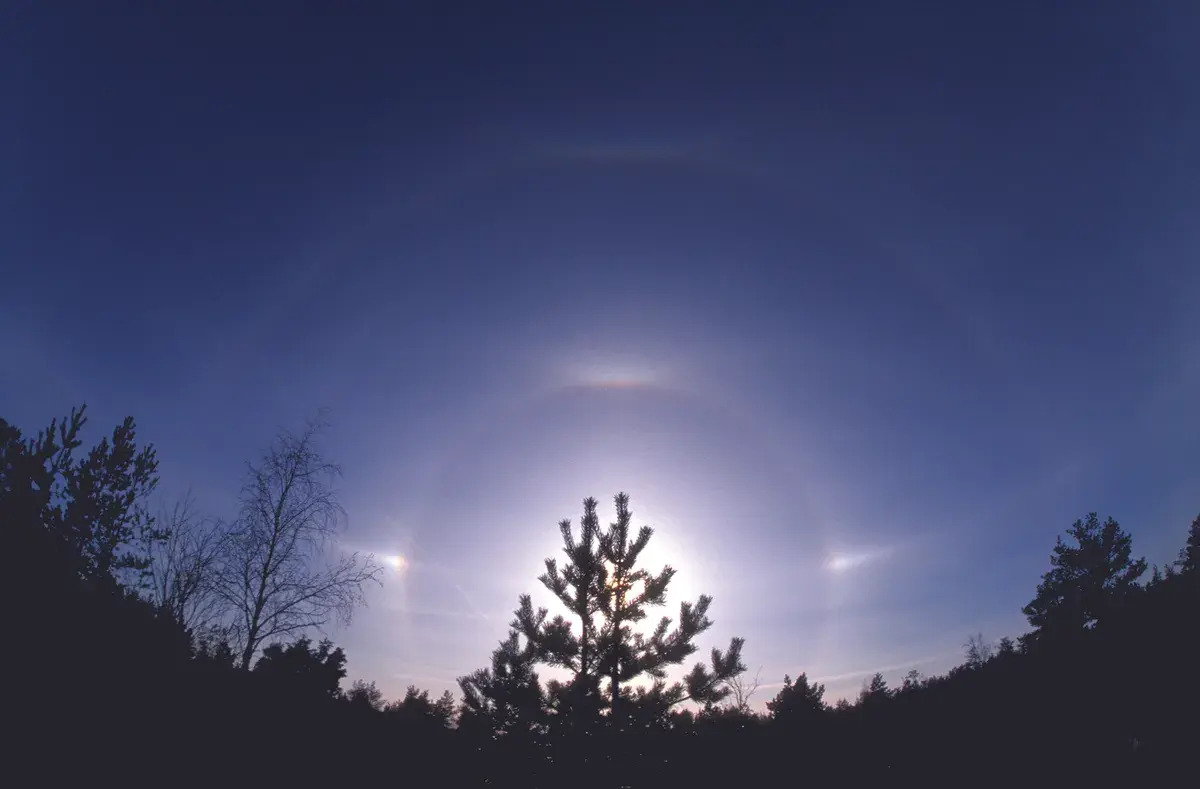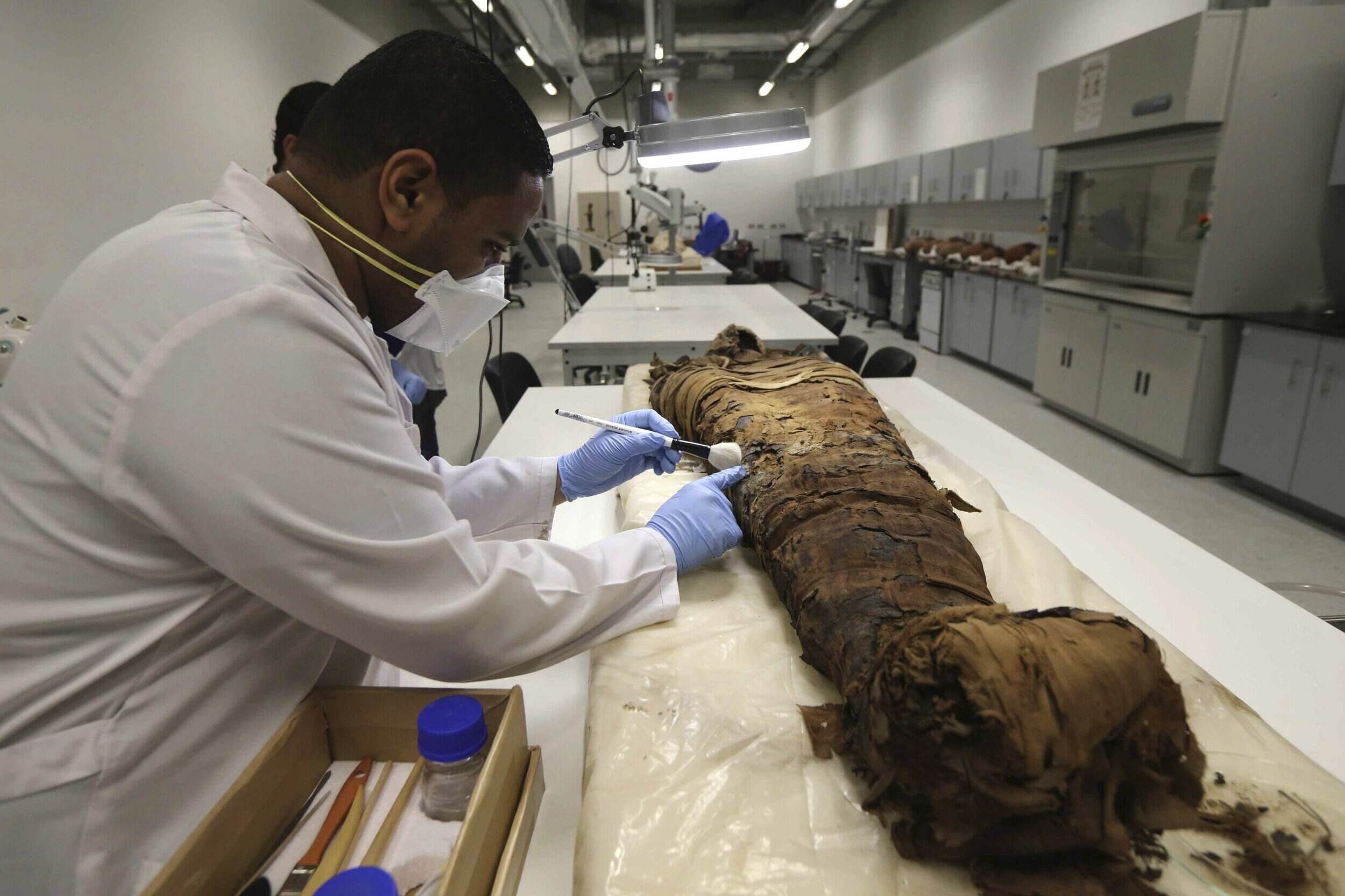
Have you ever gazed at the night sky and wondered about the mysteries it holds? Astronomy, the study of celestial objects and phenomena, has fascinated humans for centuries. From the intricate dance of planets to the enigmatic nature of black holes, the universe is brimming with wonders waiting to be understood. Did you know that the Sun is actually a green star, or that Mercury is Earth's closest neighbor on average? These are just a few of the many intriguing facts that reveal the complexity and beauty of our cosmos. Let's embark on a journey through 40 captivating astronomical phenomena that will expand your understanding of the universe.
Key Takeaways:
- The universe is full of mind-blowing phenomena, from the mysterious disappearance of stars to the surprising fact that the Sun is actually a green star. There's always something new and fascinating to discover in the cosmos!
- Our solar system is a treasure trove of wonders, with each planet and moon holding unique secrets. From the Moon's role in stabilizing Earth to the surprising shape of Jupiter's Great Red Spot, there's no shortage of cosmic marvels to explore.
The Mysteries of the Universe
Astronomy has always fascinated humanity. From ancient stargazers to modern scientists, the cosmos holds endless wonders. Let's explore some of the most intriguing astronomical phenomena.
-
Olbers’ Paradox: If the universe were infinite and static, the night sky would be as bright as day due to countless stars. However, the dark night sky suggests a finite, expanding universe.
-
Hubble’s Law: Edwin Hubble discovered that galaxies are moving away from us, evidenced by their redshift. This supports the idea of an expanding universe.
-
The Cosmic Background Radiation (CBR): Discovered in 1964, this residual heat from the Big Bang is the oldest light in the universe, providing crucial evidence for the Big Bang theory.
-
The Sun Is a Green Star: Despite appearing yellowish-white, the Sun's peak emission is actually green. Earth's atmosphere scatters light, making the Sun look yellowish-white.
-
The Moon Is the Great Stabilizer: The Moon stabilizes Earth's rotational axis, preventing dramatic climatic shifts and allowing life to thrive.
Our Solar System's Wonders
Our solar system is full of unique and fascinating phenomena. From the smallest planets to the largest gas giants, each celestial body has its own story.
-
Earth’s Nearest Neighbor Is Not Venus: On average, Mercury is the closest planet to Earth, not Venus. Mercury's smaller orbit makes it the nearest neighbor to every planet in the solar system.
-
No Sound in Space: Space is a vacuum, so sound waves can't travel. On planets with thin atmospheres like Mars, sound exists but differs from Earth's.
-
Time Dilation: Einstein’s theory of relativity shows that time slows down for objects moving at high speeds or in strong gravitational fields.
-
The Universe Has No Center: The universe is expanding without a central point. Galaxies move away from each other, and the universe grows indefinitely.
-
The Earth Is Tiny Compared to the Universe: Earth is 4.5 billion years old, while the universe is about 13.5 billion years old. Earth could fit into the Sun 1.3 million times.
Celestial Events and Phenomena
The universe is dynamic, with events and phenomena that captivate our imagination and provide valuable scientific insights.
-
Tides and Waves: The Moon and Sun move billions of tons of water daily, creating tides and waves on Earth.
-
A Day on Mercury: Mercury's day lasts 176 Earth days, longer than its year, making it unique in our solar system.
-
Pluto’s Reclassification: In 2006, Pluto was reclassified as a dwarf planet, reflecting our evolving understanding of the solar system.
-
Disappearing Stars: Some stars vanish mysteriously, either exploding, merging with other objects, or being absorbed by black holes.
-
Unique Phenomena in Space: Meteor showers, solar and lunar eclipses, and the aurora borealis are just a few of the captivating events in space.
The Planets and Their Moons
Each planet and its moons have unique characteristics that make them fascinating subjects of study.
-
Basic Facts About Astronomy: The Sun is the largest object in our solar system, and Earth revolves around it while the Moon orbits Earth. Telescopes are essential for observing celestial bodies.
-
The Solar System’s Size: Distances between planets stretch over millions of kilometers, highlighting the vastness of our cosmic neighborhood.
-
Uranus Spins Sideways: Uranus's rotational axis lies almost in its orbital plane, leading to extreme seasons.
-
Jupiter’s Volcanic Moon: Io, one of Jupiter's moons, has hundreds of active volcanoes, making it geologically unique.
-
Mercury’s Shrinking: Mercury is slowly shrinking due to its cooling interior, offering insights into planetary evolution.
The Outer Reaches of Our Solar System
Beyond the familiar planets, the outer reaches of our solar system hold many surprises and mysteries.
-
Pluto’s Mountains and Atmosphere: Pluto has unexpected mountains and a thin, unique atmosphere with ice-spewing volcanoes.
-
Rings Aren’t Just for Saturn: Jupiter and Uranus also have ring systems composed of ice and rock particles.
-
The Great Red Spot: Jupiter’s Great Red Spot is a centuries-old storm, one of the most iconic features in our solar system.
-
Saturn’s Hexagonal Storm: Saturn’s northern hemisphere has a hexagonal-shaped storm, towering 180 miles tall and 20,000 miles wide.
-
The Solar Atmosphere’s Heat: The Sun’s corona is much hotter than its surface, a mystery linked to magnetic fields and plasma waves.
The Enigmatic Black Holes
Black holes are among the most mysterious and fascinating objects in the universe, challenging our understanding of physics.
-
Black Holes: Formed when massive stars collapse, black holes have gravity so strong that nothing, not even light, can escape.
-
Astronauts’ Spacesuits: Spacesuits are complex, taking about six hours to put on, and must be warmed, cooled, pressurized, and supplied with fresh air.
-
The Universe’s Expansion: The universe expands at an increasing rate, meaning galaxies move away from each other indefinitely.
-
The Age of the Universe: At approximately 13.5 billion years old, the universe is much older than Earth, which is about 4.5 billion years old.
-
The Sun’s Size: The Sun’s diameter is about 109 times larger than Earth’s, highlighting its critical role in sustaining life.
Eclipses and Auroras
Eclipses and auroras are some of the most visually stunning phenomena, offering both beauty and scientific insights.
-
Solar Eclipses: Occur when the Moon moves between Earth and the Sun, casting a shadow on parts of Earth.
-
Lunar Eclipses: Happen when Earth moves between the Sun and the Moon, casting a shadow on the Moon.
-
Aurora Borealis: The northern lights are caused by charged particles from the Sun interacting with Earth’s magnetic field and atmosphere.
-
Meteor Showers: Occur when Earth passes through comet or asteroid debris, causing numerous meteors to appear in the sky.
The Chemistry of Space
Space is not just empty; it’s filled with complex chemicals that can tell us a lot about the universe's history and composition.
-
Ethyl Formate in Space: This chemical, responsible for raspberries’ flavor, was found in a giant gas and dust cloud at the Milky Way’s center.
-
Ethanol in Space: A nearby region contains enough ethanol to supply every person on Earth with 300,000 pints of beer daily for a billion years.
The Moon and Jupiter's Storms
The Moon and Jupiter's storms are fascinating subjects, each with unique characteristics that continue to intrigue scientists.
-
The Moon’s Shape: The Moon is shaped like a lemon, likely due to interactions with Earth soon after its formation.
-
Jupiter’s Great Red Spot Shrinking: This persistent storm is slowly shrinking, reflecting the dynamic nature of Jupiter’s atmosphere.
-
Saturn’s Hexagonal Storm Dynamics: This storm involves air moving at about 200 mph, making it one of the most fascinating features in our solar system.
-
The Solar Atmosphere’s Heat Generation: Linked to magnetic fields and plasma waves, the heat generation in the solar atmosphere remains a mystery, with new data from the Parker Solar Probe helping scientists unlock its secrets.
The Wonders of the Cosmos
Astronomy offers endless fascination. From Olbers’ Paradox to Hubble’s Law, these phenomena challenge our understanding of the universe. The Cosmic Background Radiation provides a glimpse into the universe's infancy. The Sun, a green star in disguise, and the Moon, Earth's stabilizer, highlight the intricate balance of our solar system. Mercury, not Venus, is our closest neighbor on average. Time dilation and the universe's lack of a center remind us of the complexities of space-time. Unique features like Uranus’ sideways spin, Jupiter’s volcanic moon Io, and Saturn’s hexagonal storm showcase the diversity of celestial bodies. Black holes and the Great Red Spot on Jupiter continue to intrigue scientists. Each fact enriches our understanding, proving that the cosmos is a treasure trove of wonders waiting to be explored. Keep looking up; the universe has much more to reveal.
Frequently Asked Questions
Was this page helpful?
Our commitment to delivering trustworthy and engaging content is at the heart of what we do. Each fact on our site is contributed by real users like you, bringing a wealth of diverse insights and information. To ensure the highest standards of accuracy and reliability, our dedicated editors meticulously review each submission. This process guarantees that the facts we share are not only fascinating but also credible. Trust in our commitment to quality and authenticity as you explore and learn with us.


